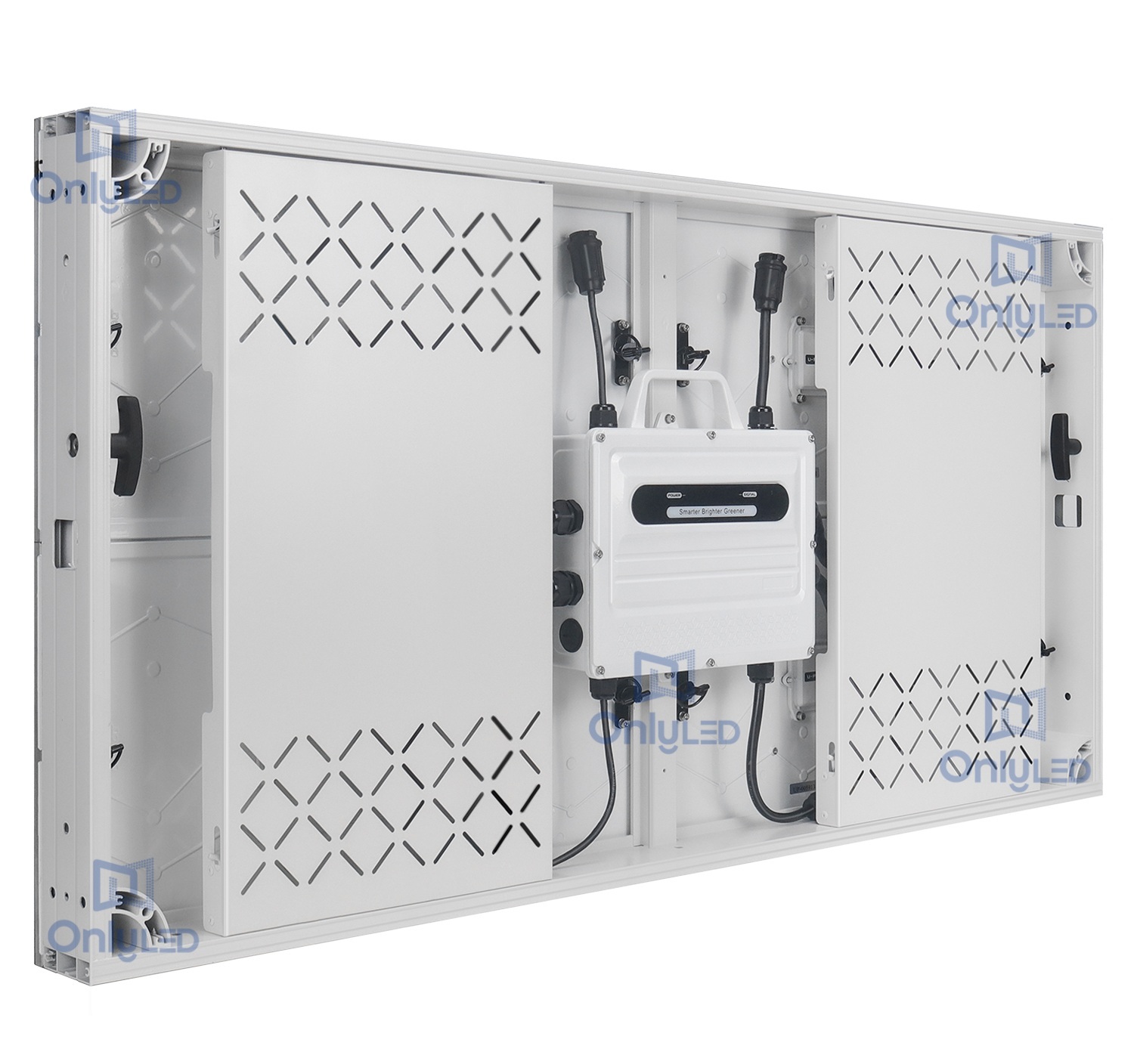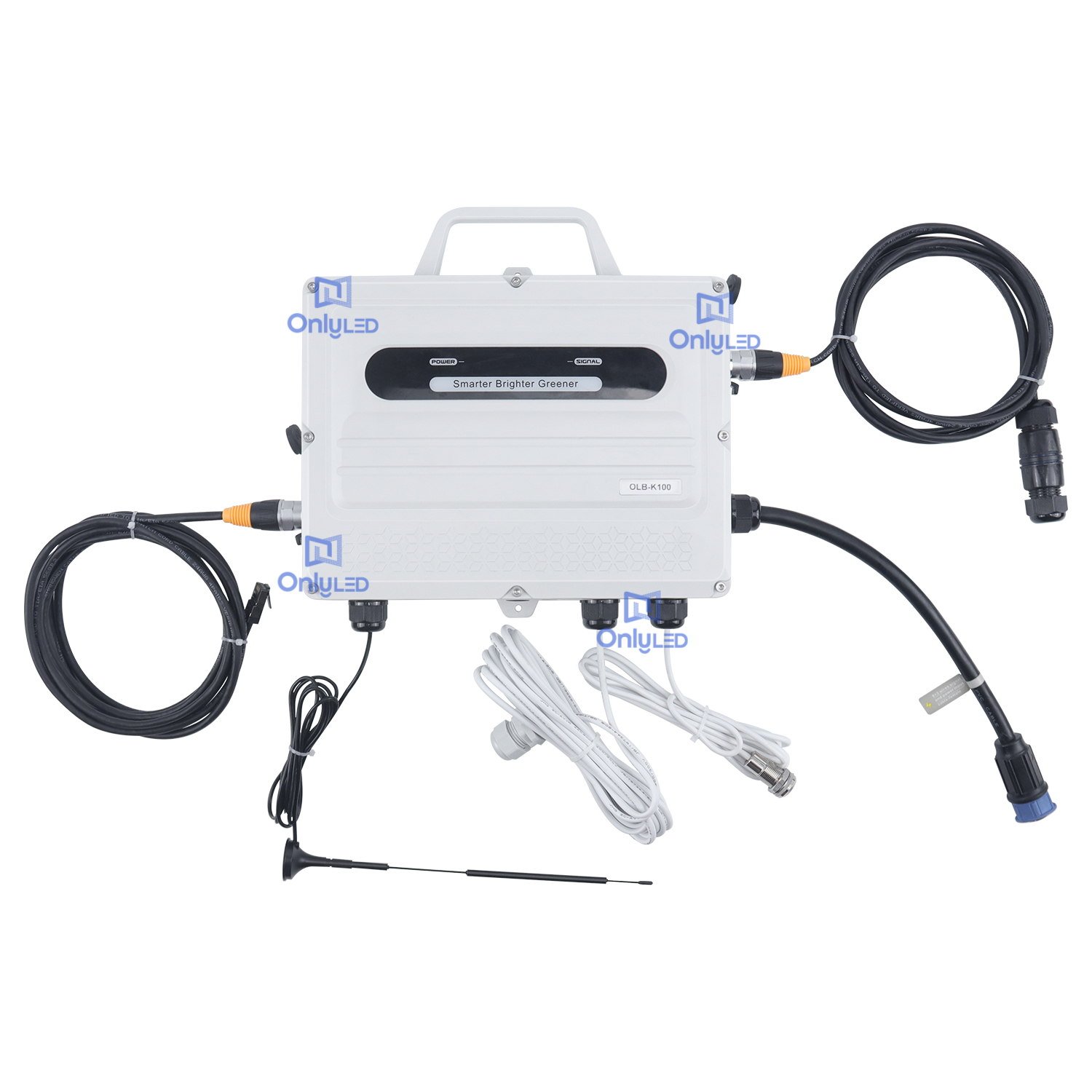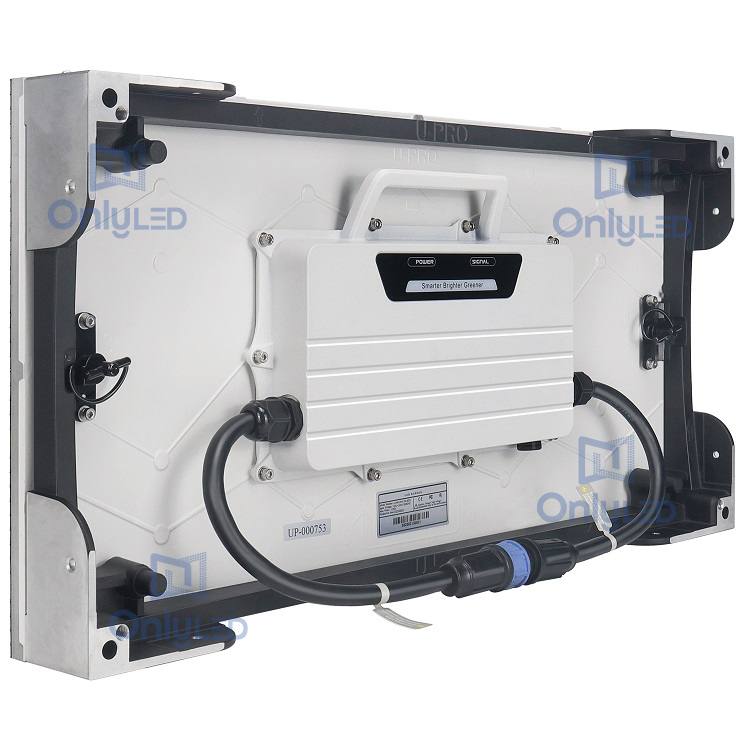Industry News
Learn more about LED display typesLED displays have become a popular choice for a variety of applications, from billboards to indoor signage and electronic displays. There are so many different types of LED displays on the market today that it can be overwhelming to determine which one is best for your specific requirements.
In this article, ONLY LED display provider will take an in-depth look at the different types of LED displays, discussing their characteristics, advantages, and disadvantages, To help you make an informed decision.
1. Direct view LED display
Direct-view LED displays, also known as surface-mount displays (SMD), consist of a single LED mounted on a surface. These monitors offer excellent image quality and brightness, making them ideal for high-resolution applications. Pixels in direct-view LED displays are tightly packed to provide a seamless viewing experience. They are often seen in large outdoor displays, stadiums and arenas.
2. LED video wall
The LED display screen is a large display screen composed of multiple LED display modules. While direct-view LED displays are great for smaller applications, LED video walls are better suited for larger installations. Their flexibility in size and shape makes them suitable for creative displays. LED video walls can be customized to fit any space and provide impressive visual impact in indoor environments such as conference rooms, control centers and retail stores.
3. Transparent LED display
Transparent LED displays are a unique display type designed to let light pass through, creating a see-through effect. They are commonly used in retail store windows and glass facades. Transparent LED displays are versatile and allow companies to showcase their products while maintaining visibility on both sides of the glass. These displays provide an immersive visual experience and are highly effective for advertising applications.
Choose the best LED display type
Several factors come into play when choosing the type of LED display that best suits your specific needs. Consider the following factors:
- Application: Determine the primary purpose of the monitor and the specific environment in which it will be placed.
- Size and resolution: Evaluate size and resolution requirements to make sure the display meets your desired specifications.
- Budget: Understand your financial constraints and find the type of display that provides the best value for your investment.
- Installation and Maintenance: Consider the ease of installation and ongoing maintenance requirements of your monitor type.
It is important to consult with an experienced ONLY LED display provider who can guide you through the decision-making process and tailor a solution to your specific needs.
There is no one-size-fits-all solution when it comes to choosing the best type of LED display. It depends on your unique requirements, budget and application. Direct-view LED displays offer superior image quality, LED video walls offer creative flexibility, and transparent LED displays provide captivating see-through effects. Assess your needs and consult with an ONLY LED display provider to make an informed decision to enhance your visual communication and achieve your business goals.




